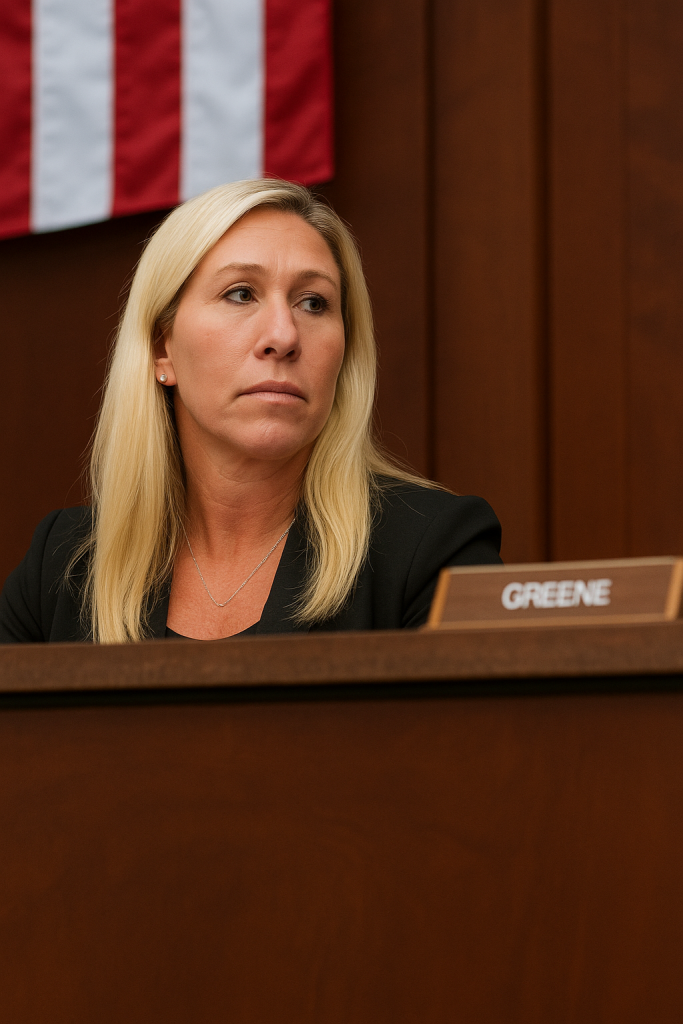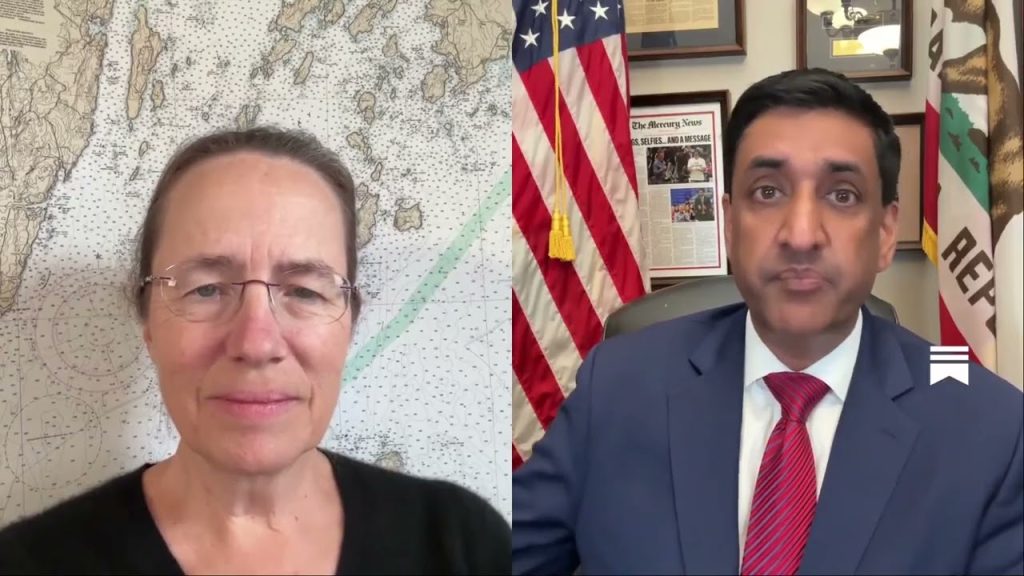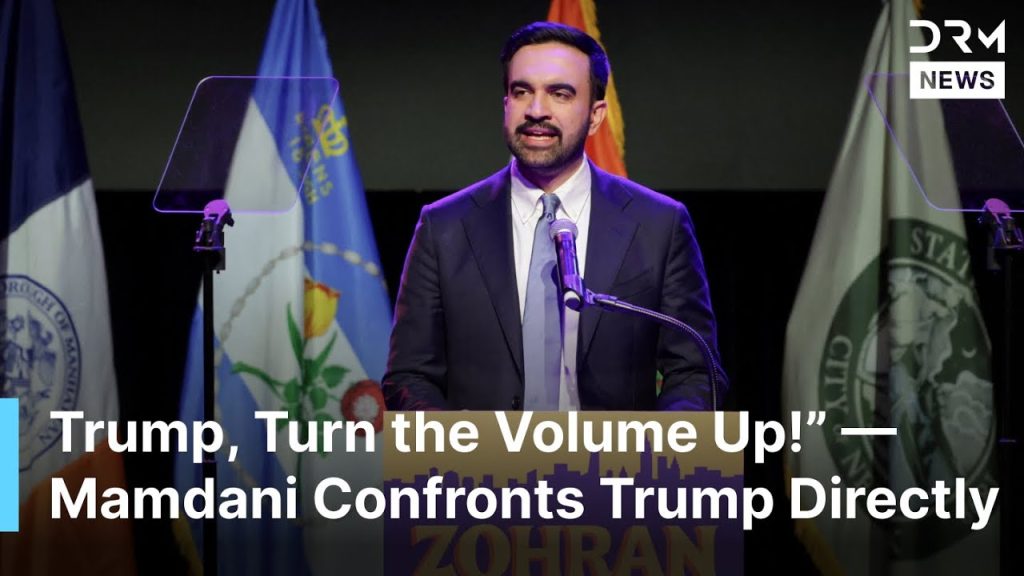Just hours after devastating floods swept through parts of Texas in April 2024, causing significant damage and displacing thousands, Congresswoman Marjorie Taylor Greene ignited controversy by promoting a widely debunked conspiracy theory regarding the disaster.
As emergency crews worked tirelessly to assist those affected by the flooding, Greene took to social media to claim, without evidence, that the disaster was orchestrated for political gain. Her statements, made shortly after the floodwaters began receding, were quickly met with backlash from both residents in the affected areas and political commentators who described her remarks as “ignorant” and harmful during a time of crisis.
In her post, Greene suggested that the storm and subsequent flooding were used to manipulate public opinion ahead of critical state and national elections. She further implied that government officials were exaggerating the scale of the disaster to secure “unwarranted” emergency funding and sway voter sentiment, a claim that emergency management agencies have firmly denied.
The flooding struck rapidly in several Texas counties, triggering evacuation orders and widespread power outages. Official reports have indicated that the heavy rainfall and resulting flash floods were the outcomes of natural weather patterns exacerbated by climate factors consistent with recent scientific warnings about increasing extreme weather events. Local authorities and federal agencies activated their disaster response protocols, emphasizing the urgent need for coordinated relief efforts.
Despite the overwhelming emergency situation, Greene’s comments drew ire from experts and residents on the ground who decried attempts to politicize human suffering and natural disasters. Community leaders highlighted the detrimental effect such unfounded theories can have on public trust, especially as recovery efforts rely heavily on timely communication and cooperation between government bodies and the public.
Responding to the criticism, Greene doubled down on her assertions in a follow-up statement, insisting that transparency was being withheld from the public regarding the flood’s true causes and the government’s intentions.
However, weather experts and emergency officials have dismissed these claims as baseless. Meteorologists explained that the flooding was caused by an unseasonably intense storm system, characteristic of the increasingly volatile weather patterns seen across the southern United States this spring. Authorities reiterated their commitment to ensuring accurate information dissemination as rescue and cleanup operations continue.
This is not the first time Greene has stirred controversy by promoting conspiracy theories during national emergencies, but the timing of this event has raised concerns about the impact of misinformation on disaster response and community morale.
As Texas continues its recovery, local officials urged residents and the public alike to focus on verified updates and support relief efforts rather than engaging with divisive and unsubstantiated claims.
The unfolding situation serves as a stark reminder of how misinformation can complicate disaster response during critical times, underscoring the importance of responsible communication from public figures amidst crises.



